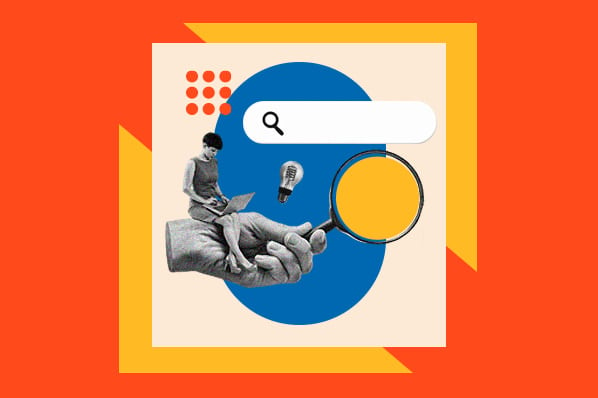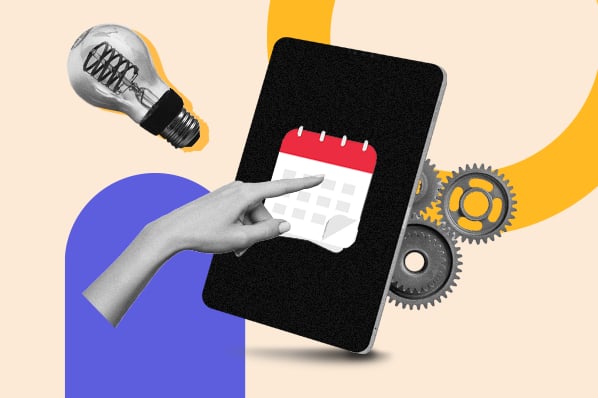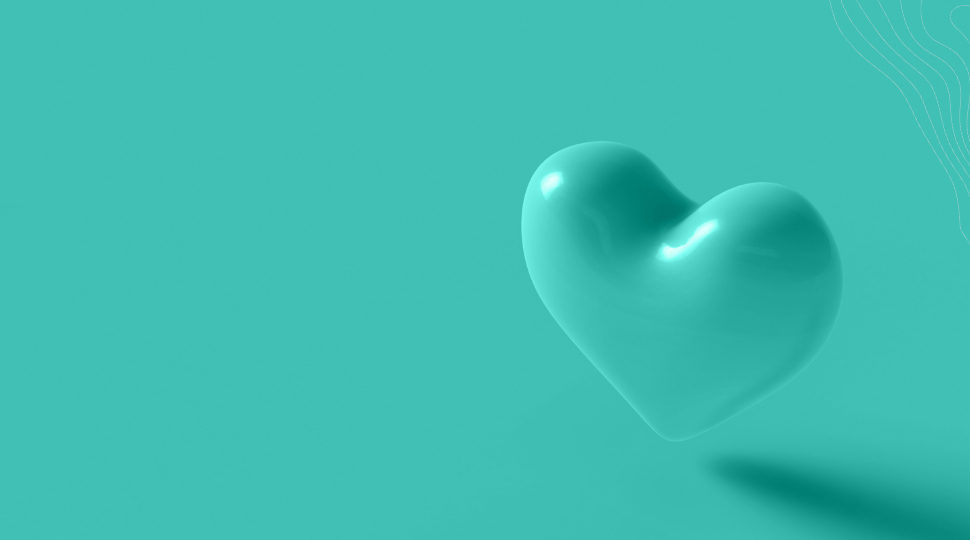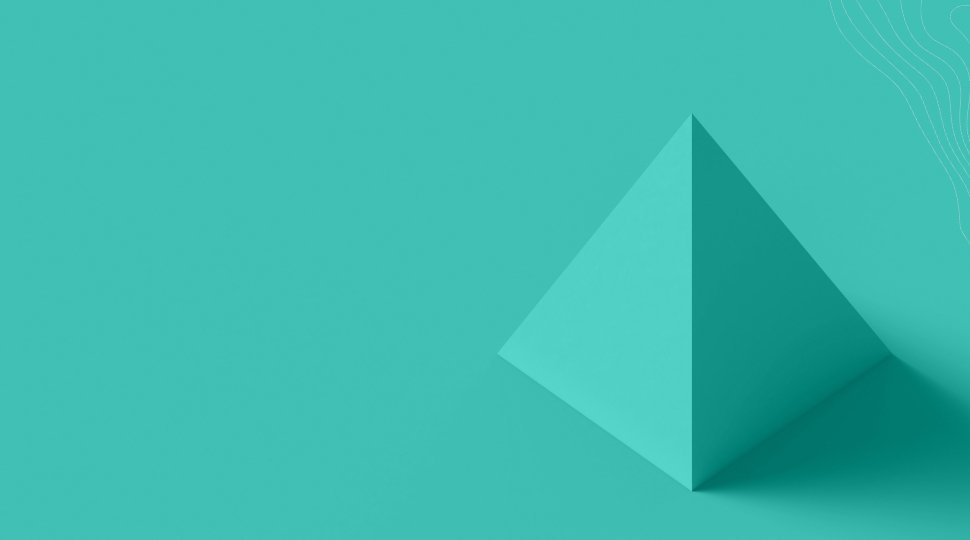How I Went from Pharmaceutical Research to Data Analysis in 3 Years
Today’s story is from Mathijs Gaastra, a 34-year-old Web Developer and Data Analyst at a startup in Leiden, Netherlands. The post How I Went from Pharmaceutical Research to Data Analysis in 3 Years appeared first on Codecademy Blog.

Learning to code so that you can land a job in tech can feel daunting. That’s why we’re sharing inspiring stories from Codecademy’s community — to show how people like you (yes, you!) can embark on a learning journey and end up with a totally new career. We hope these stories serve as a reminder that there’s no single path to a more fulfilling work life.
Today’s story is from Mathijs Gaastra, a 34-year-old Web Developer and Data Analyst at a startup in Leiden, Netherlands. Read more stories from Codecademy learners here — and be sure to share your story here.
Why I chose to learn to code
“I always had an interest in coding. When I was 16, I bought a book in the bookshop called HTML in 24 Hours. I started off by building some simple websites for myself. At that time, I was super into Harry Potter, so I made a Harry Potter fan page. After I worked my way through the book, I started building simple websites in HTML for small businesses, like massage salons and carpenters. Back then, it was just plain HTML with some inline styling, super basic. I always had a love for computers, but my parents didn’t really believe in them. They were like, ‘You’re always behind your computer; you should learn something useful and find a real job.’
Learn something new for free
So, I started pursuing my other passion, which was biology. I did a pre-bachelor in clinical chemistry and later a bachelor in molecular biology. After my bachelor’s, I started working in pharma quite soon — first for a CRO [contract research organization] and later for Johnson & Johnson. I always had to do so many analyses, and I wondered if there was an easier way to do them and started creating macro’s with VBA in Excel. After working for two or three years, I had the chance to be part of an automation team, and I started learning more in-depth about the software side of automation processes. That’s when I began learning R from websites like Codecademy.
Eventually, I got burned out and after some years of recovering I had an opportunity to work for a company doing front-end development. I started there as a Junior Developer because I already knew HTML and CSS. I was still making some WordPress websites for friends and family members, but I got bored with WordPress because I wanted to do more than the platform allowed. I didn’t want to work with standard themes; I wanted to make my own theme. So, I started using Codecademy, beginning with JavaScript. I got super enthusiastic, took a Pro account, and enrolled in the Full-Stack Engineer course.”
How I made time to learn
“I’m super motivated because I can apply what I learn directly to my work. However, because of all the projects I’m running now, I have less time. So, I try to do half an hour of Codecademy in the morning before I start work. This was actually a tip from another learner, which I adopted into my routine.”
How I saved up money to switch careers
“I looked at the content you get with the Pro membership and balanced that against other studies I was considering. I saw a gigantic price gap and really liked the way Codecademy worked. I’m not a person who enjoys theoretical learning; I did a Java certification course in 2017 and couldn’t get through it because it was too theoretical and not immediately applicable. Codecademy really worked for me, and I think the price is actually a bargain for the content.
The first subscription I paid for myself with my savings. When I got my current job, I talked with my employer about it. I told her how much I had learned from it and that I was now willing to switch more to machine learning and AI. She was so interested in this that she was willing to pay for my Pro membership.”
Previously, I felt like I was being paid just for being present, not for the work I was actually doing.
How I got in the door
“When I was working as a Junior Developer, at some point, an old colleague of mine reached out and said, ‘I see that you’re not working on anything at the moment. What are you doing?’ She mentioned a super cool project she was working on: creating a patient database for inherited diseases (Genetic Disorders). She had some funding for the project and asked if I wanted to lead it. I said, ‘Sure.’ So, I started working on this project.”
How I evaluated the offer
“From a work-life balance perspective, this works really well for me because I can work mainly from home. I meet up with colleagues once or twice per month, and the rest is just via online meetings. I can set my own hours, and I don’t see myself going back to an office and being available for nine hours per day. Previously, I felt like I was being paid just for being present, not for the work I was actually doing.”
What I actually do all day
“It’s a startup, so it’s not many people — just four of us — and everyone is working part-time as a side job. For me, it’s perfect because I’m still building up my hours after my burnout. There is a lot of information in the literature, and what we try to do is find patient groups for clinical studies to develop medication. For example, a pharmaceutical company may have targets and want to know if it’s worth pursuing the development of a medication. They need to see if there are enough patients and gather other necessary information. My colleague was really tired of going through all these papers, so she asked me to put all this information into a database and make it searchable.
I started with PostgreSQL, but I quickly realized that a relational database wasn’t working because there was too much disparity in how the data was structured. I needed a way to handle unstructured data. That’s when I came across MongoDB. Because it’s a document-based database system, each collection can have its own structure, and it still works.”
Read more about the difference between SQL and NoSQL databases.
MongoDB is one of the most popular choices for anyone looking to branch out beyond SQL databases.
How day one and beyond went
“When I started in June, I was new to everything. I didn’t know a thing about Python or MongoDB. I just knew HTML, CSS, and JavaScript. However, I saw the similarities between Python and JavaScript, so I could quickly make the connections. I didn’t finish the Full-Stack Engineer pathway because I realized that the Machine Learning/AI Engineer pathway fit much better with my current career. So, I made the switch to that career path.”
What I wish I knew before I started learning
“What really works for me is to look at what you want to create and then start learning the language that makes it easiest to build those kinds of projects. Start with small projects because they keep you motivated. For example, if you want to go into web development, start with HTML, CSS, and JavaScript. Begin by making small games. I started with web puzzles and made a snake game, like the one you used to have on your phone. I made a portfolio website and put all these little games there. I noticed that when people interviewed me for a new job, they got super enthusiastic because of this level of progress.
When I wanted to start doing more with coding, I was told about a lot of other languages. I heard from many developers that they usually start somewhere but rarely end up with the same language. In the end, I don’t think it really matters what you start with because once you know one or two languages, you can translate that knowledge.”
Learn like Mathijs
Not sure where to start? Check out our personality quiz! We’ll help you find the best programming language to learn based on your strengths and interests.
Want to share your Codecademy learner story? Drop us a line here. And don’t forget to join the discussions in our community.
The post How I Went from Pharmaceutical Research to Data Analysis in 3 Years appeared first on Codecademy Blog.
What's Your Reaction?







![The Most Common Leadership Styles & How I Found Mine [Expert Insights]](https://www.hubspot.com/hubfs/leadership-styles-4.jpg)
![PowerPoint Tips to Present Like a Pro [Expert Advice & Free Templates]](https://www.hubspot.com/hubfs/powerpoint-design-tricks_7.webp)
































.png)











































